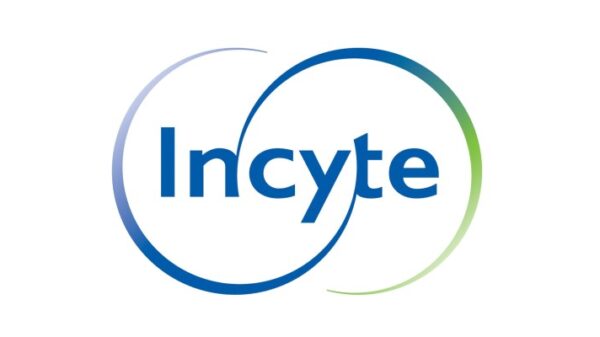The recent reduction in grants for research into experimental brain implants has raised significant concerns for patients relying on these devices as a last resort. Many individuals facing debilitating health conditions turn to these innovative treatments when conventional options have failed, yet uncertainty looms over the future availability and maintenance of these implants post-clinical trials.
Research funding has been vital for advancing the development of brain implants, which can offer hope to patients suffering from conditions such as Parkinson’s disease, epilepsy, and various neurological disorders. However, with funding cuts announced in July 2023, experts warn that the continuation of these trials and subsequent access to the technology may be jeopardized.
Impact on Patients and Innovation
Patients who have opted for experimental brain implants often do so with the understanding that these devices could significantly enhance their quality of life. Yet, the current landscape leaves many questions unanswered. Once clinical trials conclude, there is no established mechanism requiring medical device companies to maintain the devices or ensure continued patient access to necessary support.
The unpredictability of the medical device market can be detrimental. As pressure mounts on companies to deliver profitable products, less attention may be paid to ongoing care for patients already implanted with devices. This situation raises ethical concerns about the responsibility of manufacturers to their patients.
Patients and advocacy groups have expressed alarm over the implications of funding cuts. “We are at a critical juncture,” stated Dr. Emily Carter, a neurologist specializing in brain implant technology. “The research that has been built over the years is at risk of stagnation, leaving patients without the treatments they desperately need.”
Regulatory Oversight and Future Directions
Compounding the issue is the lack of regulatory oversight for post-trial maintenance of these experimental devices. Unlike traditional medical treatments, which often have well-defined pathways for patient care and device support, experimental brain implants do not guarantee a similar framework.
The absence of a legal requirement for companies to continue providing support leaves patients vulnerable to abrupt changes in access to care. With the landscape of funding shifting, many fear that the progress made in the field could regress significantly.
Health organizations have begun calling for increased dialogue among stakeholders, including researchers, regulatory bodies, and patient advocacy groups, to create a sustainable model for the future of brain implant technology. “We need a collaborative approach to ensure that patients are not left behind as innovation progresses,” emphasized Alice Thompson, a representative from a leading health advocacy group.
As the situation evolves, it remains crucial for all involved to prioritize patient care and ensure that the advancements in brain implant technology are not only preserved but also accessible to those who need them the most. The next steps taken by industry leaders and policymakers will be critical in determining the fate of this promising area of medical research.


































































